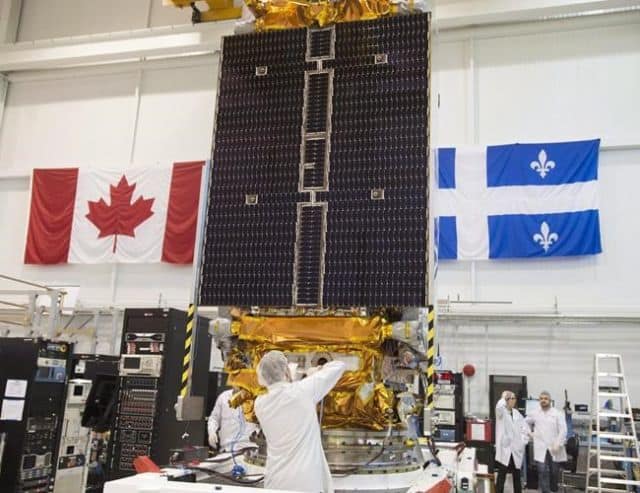
Three Canadian satellites representing the next generation of Earth-observation technology have been successfully deployed after being launched into orbit today aboard a SpaceX rocket.
The Canadian government’s RADARSAT Constellation project blasted off aboard a Falcon 9 rocket from the Vandenberg Air Force Base in California at 10:17 a.m. ET.
The launch went off without any issues, and the Canadian Space Agency confirmed the deployment of the Constellation’s three identical satellites about an hour after liftoff.
The $1.2-billion government-owned project replaces the RADARSAT-2 satellite, which has been in orbit since 2007.
Once fully operational later this year, the three evenly spaced satellites will orbit Earth every 96 minutes at an altitude of about 600 kilometres. They will work in tandem and are expected to generate 250,000 images per year — 50 times more than the first generation RADARSAT satellite.
The new system will provide a major upgrade over its older counterpart, able to revisit an exact point on Earth every four days versus every 24 days for RADARSAT-2.
An official says the first images are expected in the coming weeks and the satellites will serve a wide range of purposes, including monitoring sea ice, maritime surveillance, disaster management and agricultural and forestry management.
The satellite trio will be able to scan Earth day or night and in any weather conditions. They have the capacity to capture an image of a given location on about 90 per cent of the world’s surface, but they will be primarily used to keep tabs on Canadian territory for the federal government.


